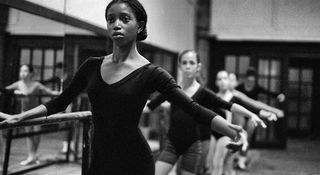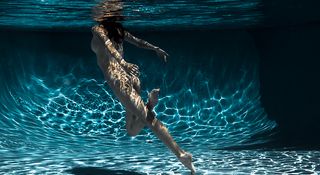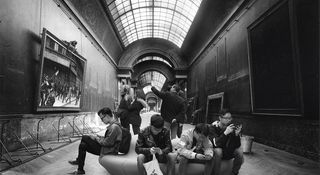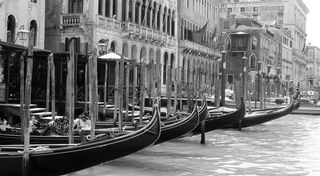
Photographies for Sale
Save your search and find it in your favorites
Saved search
Your search is accessible from the favorites tab > My favorite searches
Unsaved search
A problem occurred
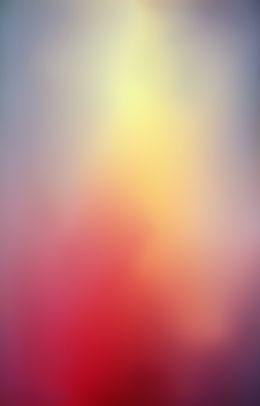
Bleed # 202337
Paul Snell
Photography - 180 x 115 x 0.1 cm Photography - 70.9 x 45.3 x 0 inch
$7,527
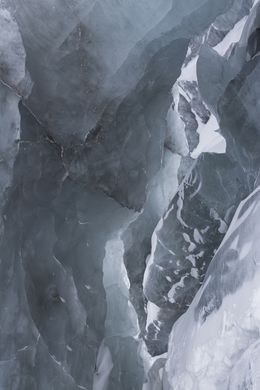


No77 Spirit
Yevgeniy Repiashenko
Photography - 91 x 91 x 0.1 cm Photography - 35.8 x 35.8 x 0 inch
$1,637

Neue Kammern Enfilade V. From the Neue Kammern Enfilades series
Celia Rogge
Photography - 182.9 x 121.9 x 0.3 cm Photography - 72 x 48 x 0.1 inch
$9,875
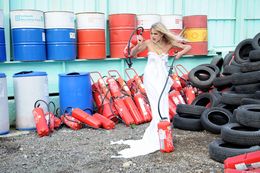

Da Sokolan
Fatoumata Diabaté
Photography - 100 x 66 x 2 cm Photography - 39.4 x 26 x 0.8 inch
$3,330
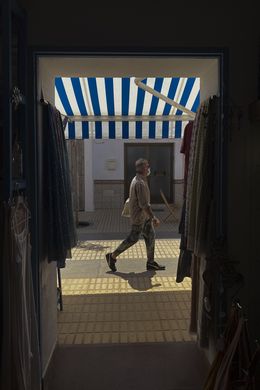
Vue sur rue, Alcúdia
Christelle Yambayisa
Photography - 105 x 70 x 1 cm Photography - 41.3 x 27.6 x 0.4 inch
$2,109

Sumo 9
Raynald Najosky
Photography - 40 x 60 x 1 cm Photography - 15.7 x 23.6 x 0.4 inch
$1,776 $1,598
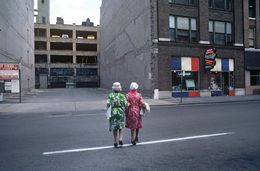
St Louis Ladies
Alain Le Garsmeur
Photography - 51 x 61 x 0.01 cm Photography - 20.1 x 24 x 0 inch
$971
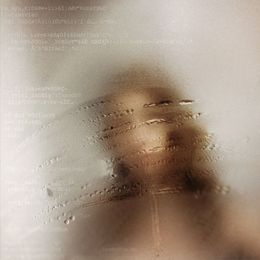

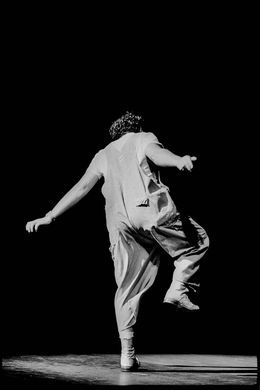
Coluche - Iconic portraits
Arnaud Baumann
Photography - 90 x 60 x 0.1 cm Photography - 35.4 x 23.6 x 0 inch
$1,554
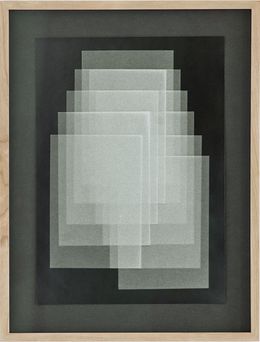
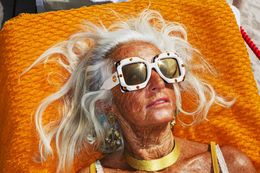
Gucci Cruise, Cannes
Martin Parr
Photography - 112 x 162 x 1 cm Photography - 44.1 x 63.8 x 0.4 inch
$24,974
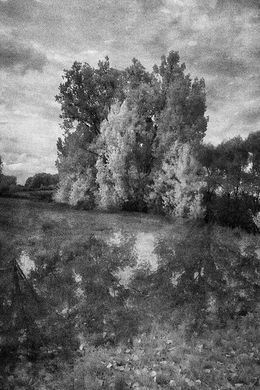
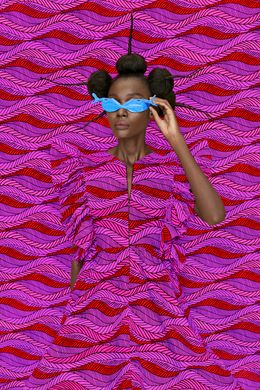
The Future is Today
Thandiwe Muriu
Photography - 90 x 60 x 0.1 cm Photography - 35.4 x 23.6 x 0 inch
$13,320

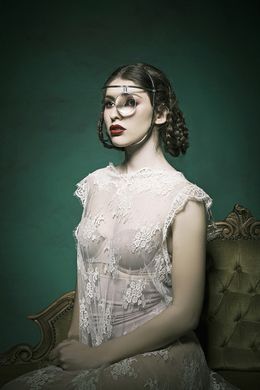
Introspection
Mathilde Oscar
Photography - 60 x 40 x 1 cm Photography - 23.6 x 15.7 x 0.4 inch
$2,220
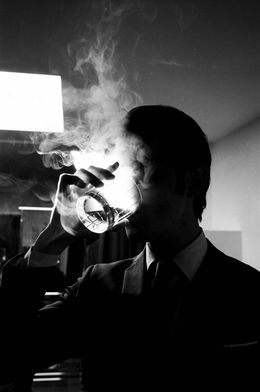
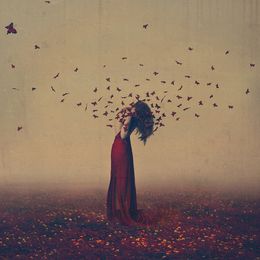
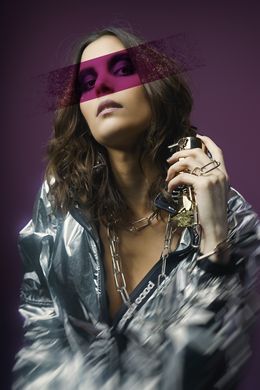
Purple (Original 1 ex)
Cédric Brion Studio Clavicule Pics
Photography - 90 x 60 x 0.2 cm Photography - 35.4 x 23.6 x 0.1 inch
$1,110

Femme rêvée à la pierre
Michel Verna
Photography - 60 x 80 x 0.3 cm Photography - 23.6 x 31.5 x 0.1 inch
$1,054
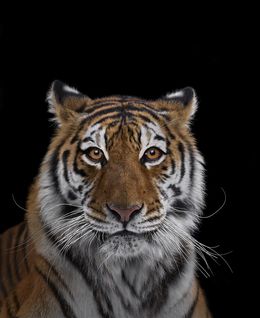

Still life #16, Maroc
FLORE Photographer
Photography - 11 x 9 cm Photography - 4.3 x 3.5 inch
$2,553

Aspérités
Jean-Robert Franco
Photography - 100 x 70 x 1 cm Photography - 39.4 x 27.6 x 0.4 inch
$2,220


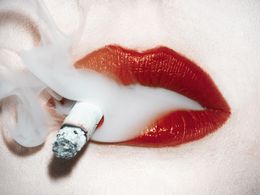

Sans Titre I, série Prism
Matthieu Venot
Photography - 50 x 50 x 0.1 cm Photography - 19.7 x 19.7 x 0 inch
$1,332

Les architectures de l'ombre V.XXXXI
Geraldine Wilcke
Photography - 40 x 30 x 3 cm Photography - 15.7 x 11.8 x 1.2 inch
$1,332




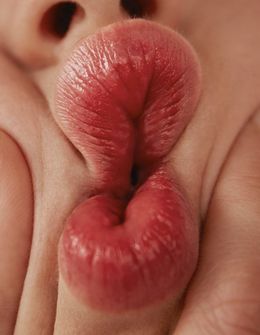
Find your clitoris II
Charlotte Abramow
Photography - 60 x 47 x 0.5 cm Photography - 23.6 x 18.5 x 0.2 inch
$3,441
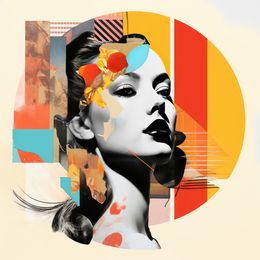
Kristen pop
Fabien Novarino
Photography - 80 x 80 x 2 cm Photography - 31.5 x 31.5 x 0.8 inch
$1,099
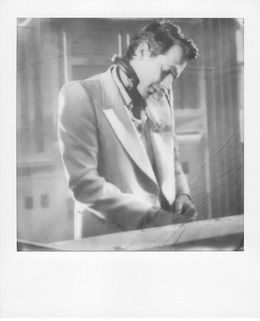
Mark Ronson
Noa Grayevsky
Photography - 10.752 x 8.847 x 0.3 cm Photography - 4.2 x 3.5 x 0.1 inch
$1,665
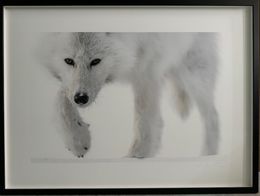

La théorie des cordes n°1/7
Johann Fournier
Photography - 40 x 60 x 2 cm Photography - 15.7 x 23.6 x 0.8 inch
$1,054

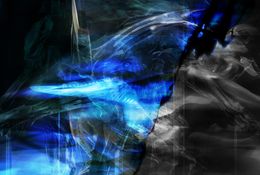

Hillary Drawing
Alison Jackson
Photography - 114.3 x 83.8 x 0.3 cm Photography - 45 x 33 x 0.1 inch
$8,000

Brushed Waves, Swim
Sandy Steele-Perkins
Photography - 89 x 59 x 0.5 cm Photography - 35 x 23.2 x 0.2 inch
$836
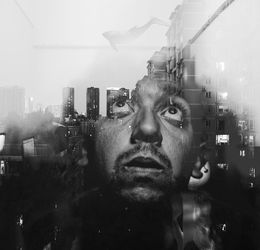

La porte dérobée
Tanguy Mendrisse
Photography - 40 x 30 x 0.1 cm Photography - 15.7 x 11.8 x 0 inch
$178

II (Columnea)
Zornitsa Gramkova
Photography - 120 x 90 x 0.1 cm Photography - 47.2 x 35.4 x 0 inch
$1,154
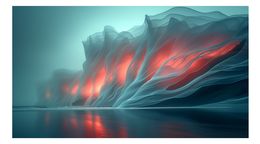
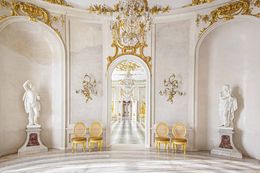
Neue Kammern Enfilade IV. From the Neue Kammern Enfilades series
Celia Rogge
Photography - 101.6 x 152.4 x 0.3 cm Photography - 40 x 60 x 0.1 inch
$8,250
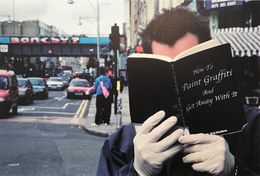
How to Paint Graffiti and Get Away With It
Steve Lazarides
Photography - 70 x 50 cm Photography - 27.6 x 19.7 inch
$1,332
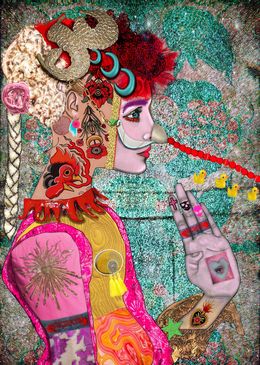
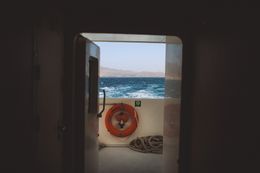
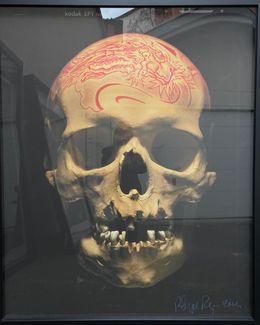
No title
Philippe Pasqua
Photography - 170 x 140 x 0.5 cm Photography - 66.9 x 55.1 x 0.2 inch
$15,540
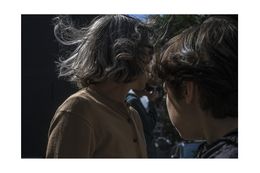
Vagabondages 12
Carlos Arriagada
Photography - 50 x 75 x 0.1 cm Photography - 19.7 x 29.5 x 0 inch
$1,887
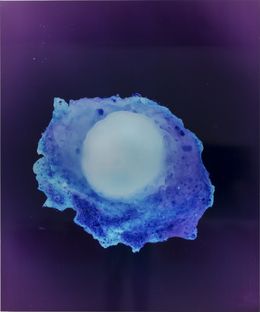

Melancholic Tulip
André Kertész
Photography - 30 x 23 x 1 cm Photography - 11.8 x 9.1 x 0.4 inch
$1,665
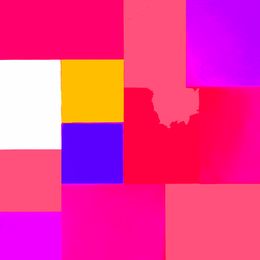
No Title #1317
Jochen Cerny
Photography - 80 x 80 x 3 cm Photography - 31.5 x 31.5 x 1.2 inch
$2,164
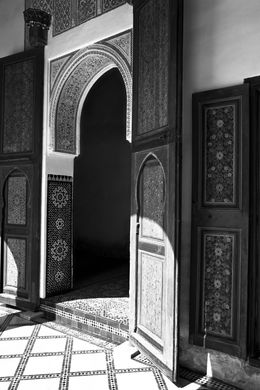

Poolside Ladies
Slim Aarons
Photography - 76 x 101 x 0.01 cm Photography - 29.9 x 39.8 x 0 inch
$3,441

Guggenheim Museum Bilbao 1
Antoine Kubler
Photography - 42 x 29.7 x 0.1 cm Photography - 16.5 x 11.7 x 0 inch
$277

La Grande Bouffe
Pierre Moreau
Photography - 50 x 50 x 0.1 cm Photography - 19.7 x 19.7 x 0 inch
$1,099

Chemin Faisant "Le poirier" (1)
Bertrand Desprez
Photography - 30 x 30 x 2.5 cm Photography - 11.8 x 11.8 x 1 inch
$333

Who will fly you there
Grzegorz Sikorski
Photography - 80 x 80 x 0.1 cm Photography - 31.5 x 31.5 x 0 inch
$277
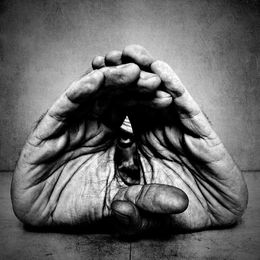
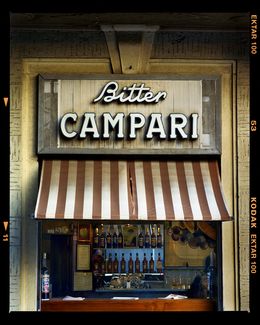
Bitter Campari, Milan
Richard Heeps
Photography - 80 x 63.5 x 0.1 cm Photography - 31.5 x 25 x 0 inch
$901
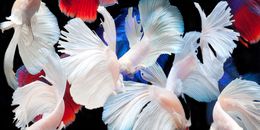
Beta Collage 71
Michael Filonow
Photography - 50.8 x 101.6 x 0.3 cm Photography - 20 x 40 x 0.1 inch
$760

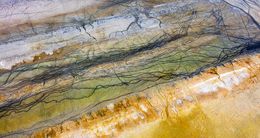
Untitled 2164
Jill Peters
Photography - 50.8 x 101.6 x 0.3 cm Photography - 20 x 40 x 0.1 inch
$1,500

Ettrick Shepherd
Douglas Gordon
Photography - 51.8 x 40.5 x 0.2 cm Photography - 20.4 x 15.9 x 0.1 inch
$1,387
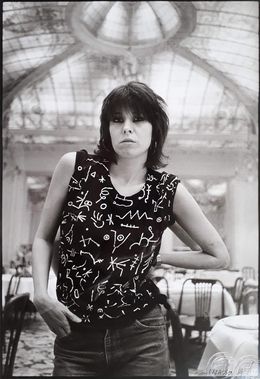
Chrissie Hynde, Paris
Pierre Terrasson
Photography - 50 x 40 x 0.1 cm Photography - 19.7 x 15.7 x 0 inch
$1,665
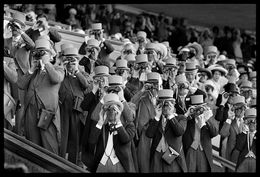
Upper Glasses Royal Ascot
Arthur Steel
Photography - 48 x 61 x 1 cm Photography - 18.9 x 24 x 0.4 inch
$2,026

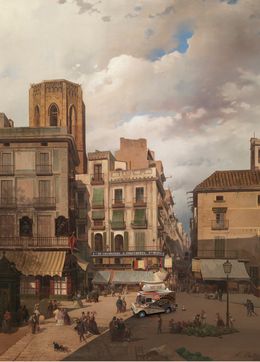
The hot dog vendor
David Carey
Photography - 46 x 30 x 0.1 cm Photography - 18.1 x 11.8 x 0 inch
$110

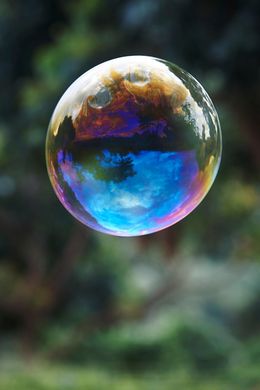



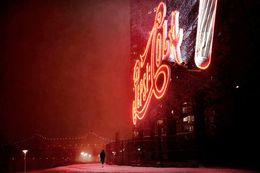
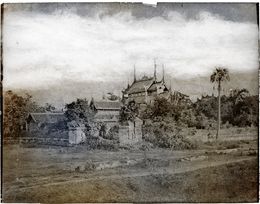
Amerapoora. My-au-dyk Kyoung - Tripe
Thomas Ruff
Photography - 40 x 50 cm Photography - 15.7 x 19.7 inch
$1,998

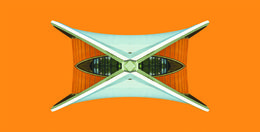
#3201 "Berlinimalism #01"
Oliver Lipinski
Photography - 50 x 100 x 0.6 cm Photography - 19.7 x 39.4 x 0.2 inch
$1,548


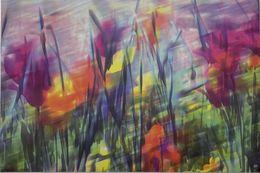
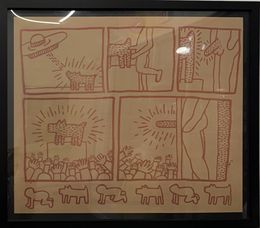
Untitled (Plate 13 Photostat from the Blueprint Drawings)
Keith Haring
Photography - 125.09 x 126.37 x 2 cm Photography - 49.2 x 49.8 x 0.8 inch
$45,500

The Mane
Eric Sanger Monteros
Photography - 51 x 90 x 2 cm Photography - 20.1 x 35.4 x 0.8 inch
$11,100
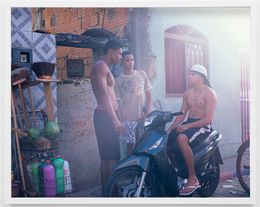
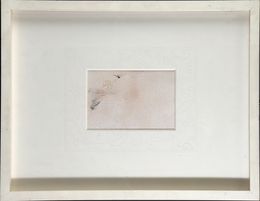
Sans titre 1/2
Maria Hahnenkamp
Photography - 37 x 48.5 x 0.5 cm Photography - 14.6 x 19.1 x 0.2 inch
$666

Keith Richards
John Rowlands
Photography - 40.6 x 50.8 x 5.1 cm Photography - 16 x 20 x 2 inch
$1,350

AV_Miami_III_010
Bernhard Lang
Photography - 100 x 100 x 0.2 cm Photography - 39.4 x 39.4 x 0.1 inch
$2,220

The Mimic
Amrita Bilimoria
Photography - 30.5 x 39.6 x 0.5 cm Photography - 12 x 15.6 x 0.2 inch
$1,200
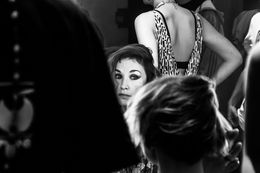
Emily - Le Bataclan - Concert de Jukebox Champions - Paris 2014 - série Photo Noir et Blanc
Lucas Perrigot
Photography - 30 x 40 x 0.1 cm Photography - 11.8 x 15.7 x 0 inch
$322
Discover the styles & movements
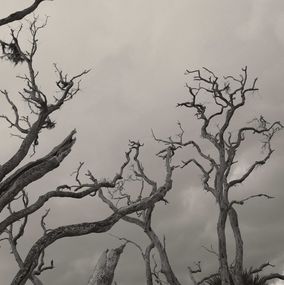


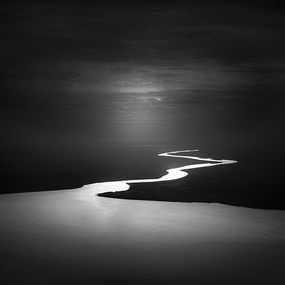


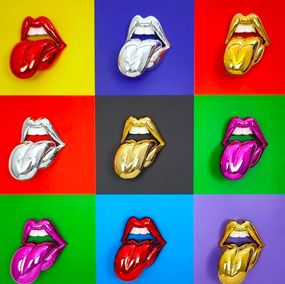

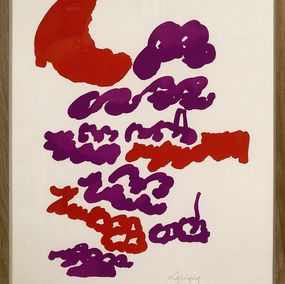
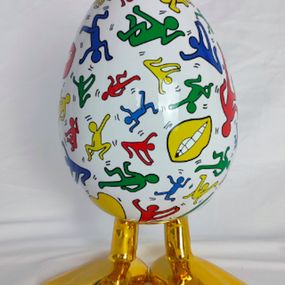

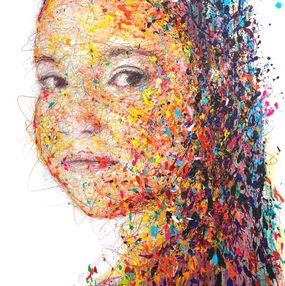


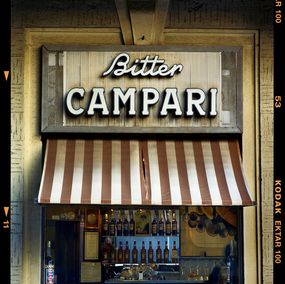
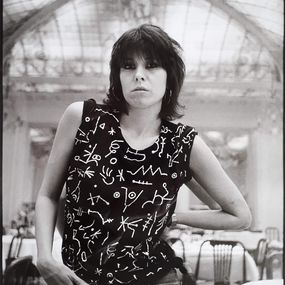

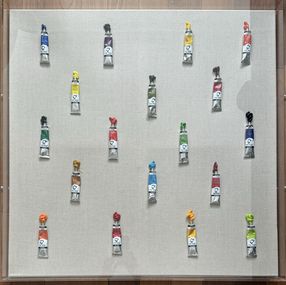

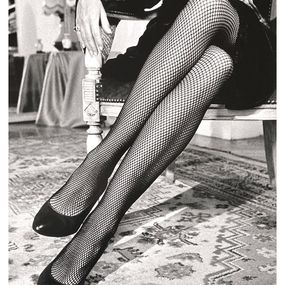
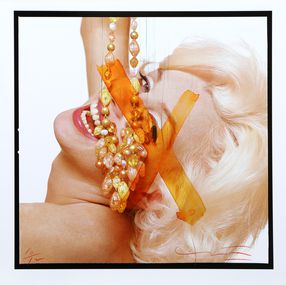
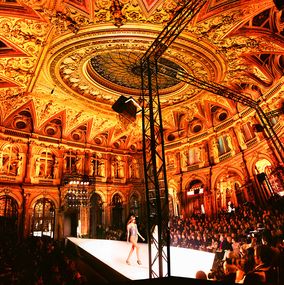


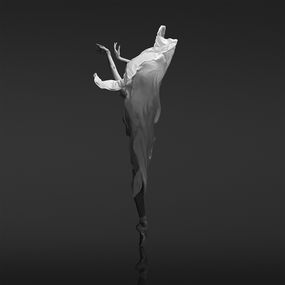
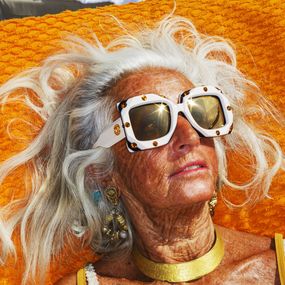

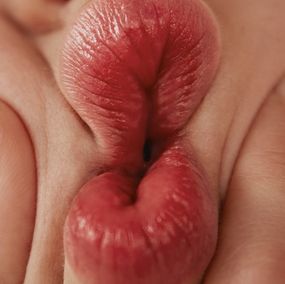





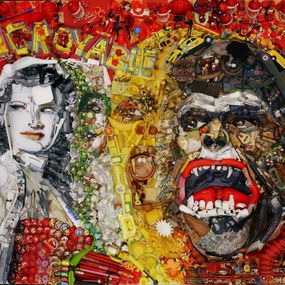


Discover the selection of our experts
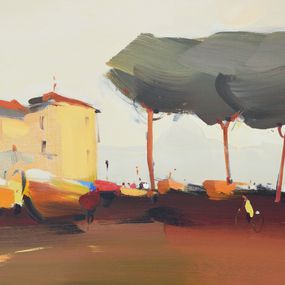
Maison avec une grande histoire, Rome II
Alexei Lantsev
Painting - 70 x 100 x 2 cm Painting - 27.6 x 39.4 x 0.8 inch
$2,997




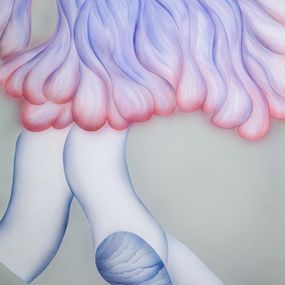
The Mother of Dreams
Ewelina Skowronska
Painting - 100 x 70 x 0.1 cm Painting - 39.4 x 27.6 x 0 inch
$2,053

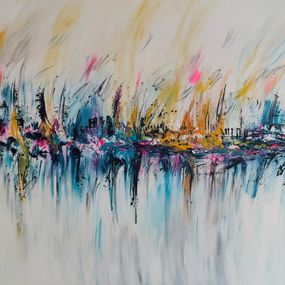
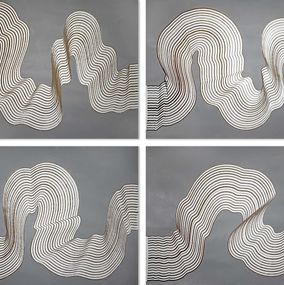
Drawing No. 453
Sumit Mehndiratta
Fine Art Drawings - 42 x 60 x 0.1 cm Fine Art Drawings - 16.5 x 23.6 x 0 inch
$1,332

Serie Terra Retrato en fondo beige
Enrique Pichardo
Painting - 70 x 70 x 1 cm Painting - 27.6 x 27.6 x 0.4 inch
$959
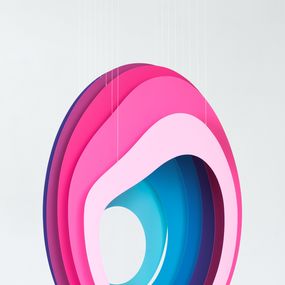

Peinture 03-2023-18
Alain Bécanne
Painting - 120 x 120 x 4 cm Painting - 47.2 x 47.2 x 1.6 inch
$1,332
Photographies for Sale
Omnipresent and seemingly so natural in the smartphone era, the history of photography remains a relatively recent occurrence in comparison with the history of mankind.
Although it has been said that the technique's early stages began at the start of the 19th century, we owe its invention to Louis Daguerre in 1839. An associate of Niepce, he improved darkroom exposure time and modified the chemical elements necessary for the development of photographs. The daguerreotype was revealed to the general public on 7th January 1839 during a meeting at the French Academy of Sciences. Worldwide success was quick to follow.
Photo studios opened everywhere and the richest and most influential families at the time had their portrait taken in black and white.
Over time, the process took less and less time and the material needed less and less space. Tripods were eventually no longer necessary. In 1889, Eastman Kodak launched a portable camera with a film roll and photography took a completely new form.
Artists seized this new opportunity and art photography quickly started to develop.
The 20th century is characterized by the work of some of the most important photographers: Walker Evans, Henri Cartier Bresson, Robert Mapplethorpe, Raymond Depardon and of course Robert Doisneau. They succeeded incompletely transforming our vision of the world. They marked the end of one world and opened the way for another in which we could determine the contours and colors in of the world in our own unique ways. They showed us social realities and tragedies but they also immortalized the magic of Hollywood and the iconic men and women of their time.
Their successors followed in their footsteps, inspired by their unique framing and composition techniques. The creative possibilities of photography were yet again multiplied by the latest digital developments. Certain photographers maintained their steadfast love for the silver Leica cameras but many swapped them for sharper focus of reflex cameras and decided to play around in post-production to modify the photo's characteristics and final image.
Artsper's selection is representative of international photography from the 1950s to the current day. Made up of thousands of works, it covers a whole host of artistic processes, from photojournalism to fashion photography, contemporary documentary work, black and white photography to works which blur the lines between photography and other visual arts as well as iconic and sport photographs.
Two principles can be used to guide you when choosing a work of art photography: you can choose to prioritize the diversity of artistic approaches, or to create ensembles, by buying entire series enabling you to acquire coherent monographic collections.
Whether with portraits, romantic landscapes, urban imagery, daily life or reporting events, photography ensures the faithful representation of oneself or of those around us. Amongst many others, you will find the following names in our selection of famous photographers: Liu Bolin, Annie Leibovitz, Helmut Newton, Larry Clark and Carrie Mae Weems. And within our emerging artists you will find Clarisse Rebotier and Théo Gosselin, alongside countless others. You can also explore both small and large format photographs. You can discover more in our selection of photography recommendations.
